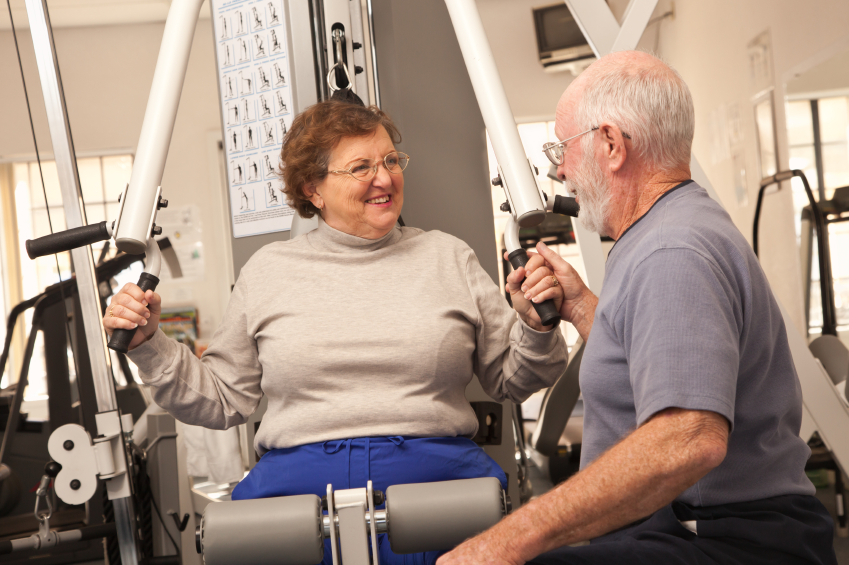We hear a great deal about seniors who are living longer and healthier lives thanks to advances in medicine and a greater awareness about how diet and exercise contribute to well being. However, the number of obese adults is still on the rise, especially among women.
Obesity in adults is defined as having a body mass index of greater than or equal to 30. This is determined by weight in kilograms divided by height in meters squared, rounded to one decimal place. If you are considered obese, losing even 7 to 10 per cent of your body weight may improve related health conditions such as high blood pressure and diabetes. By eating a healthy diet rich in fruits and vegetables, whole grain foods and lower fat content as well as committing to 30 minutes a day of exercise, adults can help control their weight.
Although BMI has long been the most commonly used method to determine the percent of body fat a person carries, it can’t differentiate between muscle and fat weight and cannot indicate when obesity has reached a point that puts a person at greater risk of an early death. A newer tool has been developed by engineers that uses body shape to predict risk of death. The Body Shape Index includes waist circumference in the formula to estimate body fat. Research has found that an apple shaped body type is at a much greater risk for dying early. Exercise that whittles the waist can be beneficial even when an increased muscle mass results in no drop in overall weight.
Recent findings published in the Journal of the American Medical Association found that 35 per cent of men and 40 per cent of adult women are obese. The rate of obesity has increased by 5 per cent over the past decade and according the Centers for Disease Control and Prevention, more than a third of older adults aged 65 and over were obese between 2007 and 2010. Because the number of older adults is expected to more than double in the U.S. by 2050, the continued rise in obesity among seniors will have serious health care consequences if more is not done to change this trend.
To calculate your BMI and to learn more about assessing your risk and controlling weight, visit The National Heart, Lung and Blood Institute at http://www.nhlbi.nih.gov/health/educational/lose_wt/BMI/bmicalc.htm .
To reach a Body Shape Index calculator, follow this link: http://www.mytecbits.com/tools/medical/absi-calculator .






Add Your Voice
0 Comments
Join the Discussion